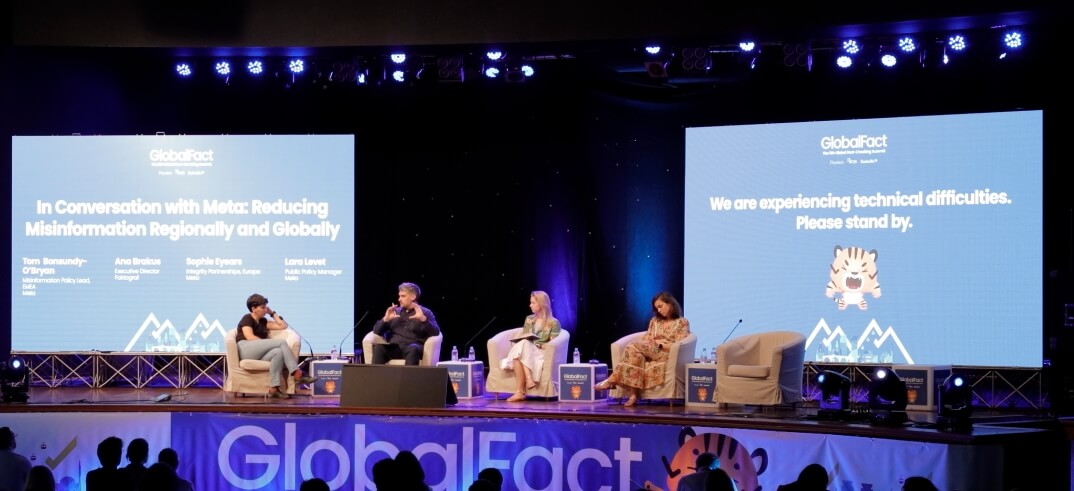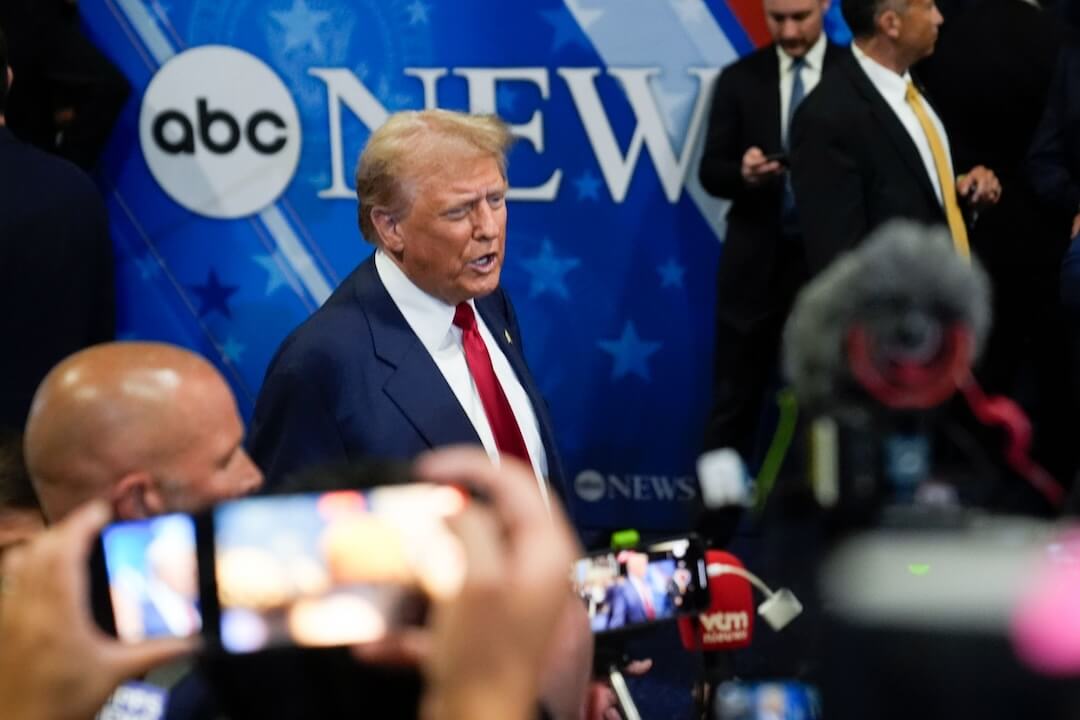Details. Details. Details. Top writers and editors last weekend called them the engine that drives every compelling story.
Their comments came at the Nieman Conference on Narrative Journalism in Boston, March 14-16. Speakers offered tips on dramatizing investigations, doing narrative on deadline, identifying writing flaws and enhancing stories with multimedia.
Washington Post reporters Anne Hull and Dana Priest, who uncovered scandalous conditions at the Walter Reed Army Medical Center, said shoe leather reporting, not fine writing, drove their probe.
Hull, a five-time Pulitzer Prize finalist, said, “We didn’t think of narrative, voice, sequencing, empathy or storytelling” when they started. “But all these elements” found their way into their series. By immersing themselves in the squalor that wounded veterans endured, she said, they got the specifics that made the story “pop to life in the way traditional investigative reporting doesn’t.”
Because they “lived and breathed the story for four months,” Hull said, they picked up telling details, like the mold and cockroaches limbless soldiers lived with, like the blue ribbon the wife of a brain-damaged soldier tied to his bedroom door so he’d know which room was his.
Priest, a 2006 Pulitzer winner, stressed the need to emphasize with and respect any group you’re investigating. (She has said the veterans’ plight brought her to tears.) Quipping that patience isn’t one of her virtues, she said the Walter Reed story taught her the importance of listening. “It sounds basic, but we’re in an era of talking journalists. It’s crucial to remember that we’re not there to do that. You can pick up so much by reading body language, voice. Just listen. It pays off.”
Skim the Meringue
Jon Marcus, who led Boston Magazine to win national awards and who now teaches at Boston University and Boston College, also underscored the importance of details. He said he sees too much narrative journalism marred by “lots of pretty words that don’t say anything.
“People who think of themselves as capital W ‘Writers'” can produce “meringue — sweet but empty,” he said. “Great reporting is essential. If people don’t learn anything from a story, they won’t keep reading. The foundation of good narrative journalism is detail [and] description. This is required today. We’re competing with 24-hour news and the Internet — we live in a high-definition world. We need description: the color of the lipstick, the pattern of the wallpaper.”
Jack Hart, another advocate of detail, said it powers great narrative. Example: a flood survivor munching six Oreo cookies and mourning the loss of foxhounds Ebbie and Priss.
Reiterating the lessons of the Readership Institute’s Impact Study, Hart, who edited two Pulitzer winning series at The Oregonian, called narrative journalism the key to grabbing and retaining readers. “Newspapers need more real life stories about ordinary people.”
How to get them? Hart recommends substituting narrative approaches for traditional news forms, even on deadline, on stories like the theft of a foam donut, a rescue of a woman pinned in a fiery car, the frantic search for a substitute pianist.
Before starting a narrative, he said reporters, with an editor’s guidance, must create a structural road map, answering questions like: What is this story about? Do you have a sympathetic, interesting lead character? Who struggles with obstacles?
Narrative Moments
Jacqui Banaszynski, a Pulitzer Prize winning writer who holds the Knight Chair in editing at the University of Missouri School of Journalism, also underscored the importance of details that can let reporters drop narrative moments into routine stories and transform a subject into a character.
Banaszynski said she believes that criticism of writing too often focuses on symptoms, not causes. “You write too long,” for example, identifies a problem, not a solution.
To find and fix flaws, she recommends separately highlighting every part of a story, such as verbs, quotes and attribution. Are there active, descriptive verbs or passive ones? Too many quotes? She said quotes only add spice if they’re the right ones. Otherwise, they slow the story. So, “edit quotes down and pick the standout.”
Unless it introduces a new or a vitally important speaker, Banaszynski said attribution should go in the middle of a sentence. And watch those dependent clauses. They can be mere “throat-clearing.”
“It’s Just a Platform”
New York Times multimedia editor Andrew DeVigal called new media “just a platform. Story and story-telling hasn’t changed.” He said that because audio storytelling is the “low hanging fruit” of multimedia, many news organizations are now producing slideshows and photo galleries on a regular basis.
The easiest route is adding audio to a story tied to great narration, he said, noting that The New York Times put together an eyewitness account of Benazir Bhutto’s assassination — a photographer’s voice describing his pictures — within a few hours.
Since only 20 percent of The New Yorker‘s online readers subscribe, the magazine’s multimedia editor, Matt Dellinger, called multimedia a great way to “extend our brand.” Material is easy to find, he said, such as archival films of conductors used to enhance an article on symphony orchestras. He and other speakers noted that using subjects’ own voices, like soldiers reading from their Iraq journals, is another quick way to dramatize a story. Dellinger said each non-print element “has to have its own narrative integrity. It has to add value and be complete in and … of itself.”
If multimedia is just “bells and whistles,” don’t use it, said Laura Ruel, assistant professor of visual communication and multimedia at the University of North Carolina, Chapel Hill, and project leader for Poynter’s Eyetrack III research. Ruel said good multimedia storytelling shouldn’t distract from the story. Use audio and video only when appropriate; not every story is worth telling with multimedia. And make sure users can find their way around the site.





